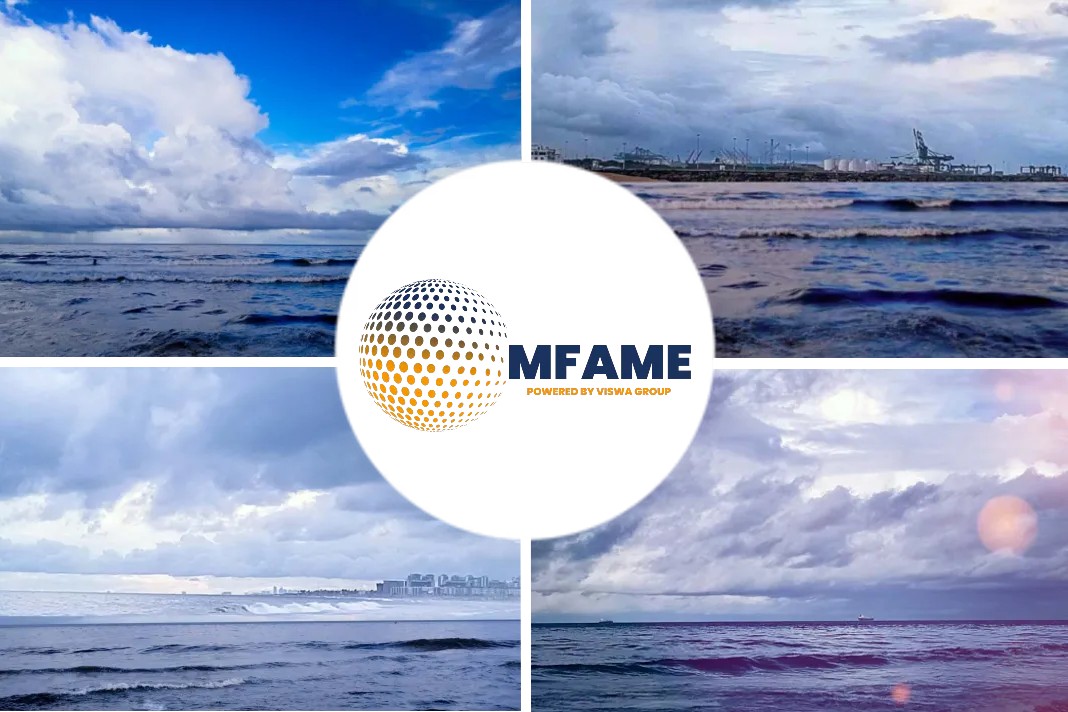Russia just launched its second crude oil shipment past the Arctic Circle, heading east toward China. This route may one day provide Russia with a quicker access point to Asian consumers as reported by Fortune
New shortcut
According to vessel tracking data gathered by Bloomberg, the Vasily Dinkov, a specialised ice-breaking tanker, is currently sailing through the Northern Sea Route after loading crude late last month from a storage tanker docked near Murmansk. Over the weekend, the ship, which was carrying a very little load, travelled over Russia’s northern shore and via the Bering Strait, which separates it from Alaska. On November 17, it is anticipated to touch down in the Chinese port of Rizhao.
The itinerary includes a 3,300-mile journey across the top of Russia and through some of the world’s most challenging sailing terrain, including frequent encounters with icebergs and subfreezing temperatures.
The trip takes half as long to get from Russia’s Baltic ports to China as it does by the standard route through the Suez Canal, making it the quickest route between Europe and east Asia.
Addressing climate change
It’s uncertain how important the change in logistics will be for Russia; that will rely on how the weather behaves. Up to this point, the great majority of the country’s Arctic Sea production was transferred from small shuttle tankers to storage tankers at Murmansk. Then it is reloaded onto larger ships for delivery, primarily to Europe. Due to the European Union’s prohibition on the majority of Russian seaborne imports beginning on December 5, that trade will basically cease in the upcoming weeks.
Only eight vessels, including the “extremely advanced” Vasily Dinkov with its specialist ice-breaking hull, are capable of making such voyages, according to Richard Matthews, head of research at London’s E.A. Gibson Shipbrokers Ltd. As a result, the route wouldn’t be really practical until the summer at the latest.
Until summer, he added, “it looks unlikely that any meaningful amounts could be shipped over this route.”
The fact that the cargo is happening serves as a reminder of how warm the planet is becoming. For the next two weeks, world leaders will be meeting in Egypt to debate measures to address climate change.
Vital Prevalence
The vessel is one of a fleet of three that was created especially to transport crude from the Varandey export terminal operated by Lukoil PJSC to Murmansk, a journey that typically takes two weeks. For up to eight weeks, the ship will be off-duty as it transports crude to China.
China has boosted the amount of crude oil it imports from Russia, but careful planning will be required for maritime logistics in response to Europe’s prohibition. Deliveries to Asia via the Suez Canal will entail significantly longer voyages than previously, increasing vessel demand.
The Northern Sea Route may have access to more crude thanks to the state-owned Russian energy behemoth Rosneft. Its Vostok Oil project, which comprises a number of oil fields on a peninsula in far-northern Russia, is expected to produce 500,000 barrels per day by 2024. According to a press release from Rosneft, work is already beginning to build the largest oil trading terminal in Russia at the Sever Bay port, which will guarantee the shipment of oil from the Vostok Oil resources nearby.
Global equity crisis
Oil Tanker Stocks Survive the Global Equity Crisis Despite the Growing Russian Risks
2019 saw the first oil cargo via the Northern Sea Route. Since then, none have occurred, according to Katona at Kpler.
The route raises environmental concerns that increasing traffic through the Arctic may increase pollution from tanker smokestacks despite shorter travels reducing emissions. By absorbing more of the sun’s energy when the soot darkens the ice’s surface, it hastens the warming process.
The remoteness of the Arctic and the absence of local spill response resources would make accidents there more difficult than usual.
In that region of the world, Matthews questioned how an oil leak would be cleaned up.
Did you subscribe to our newsletter?
It’s free! Click here to subscribe!
Source: Fortune
























